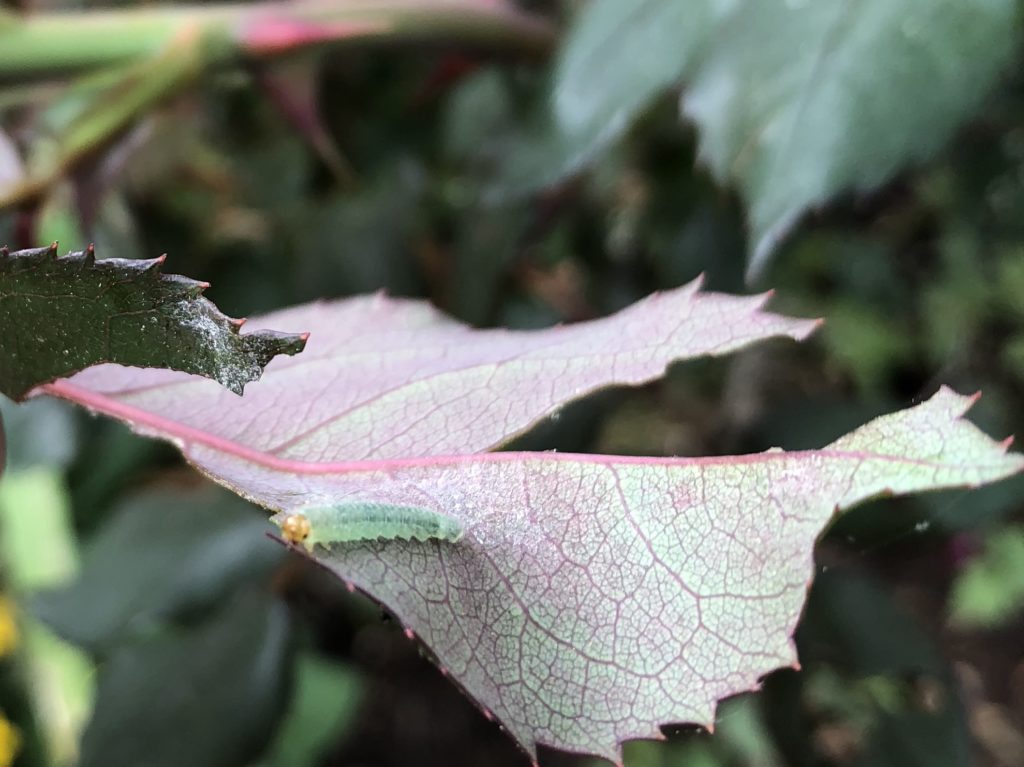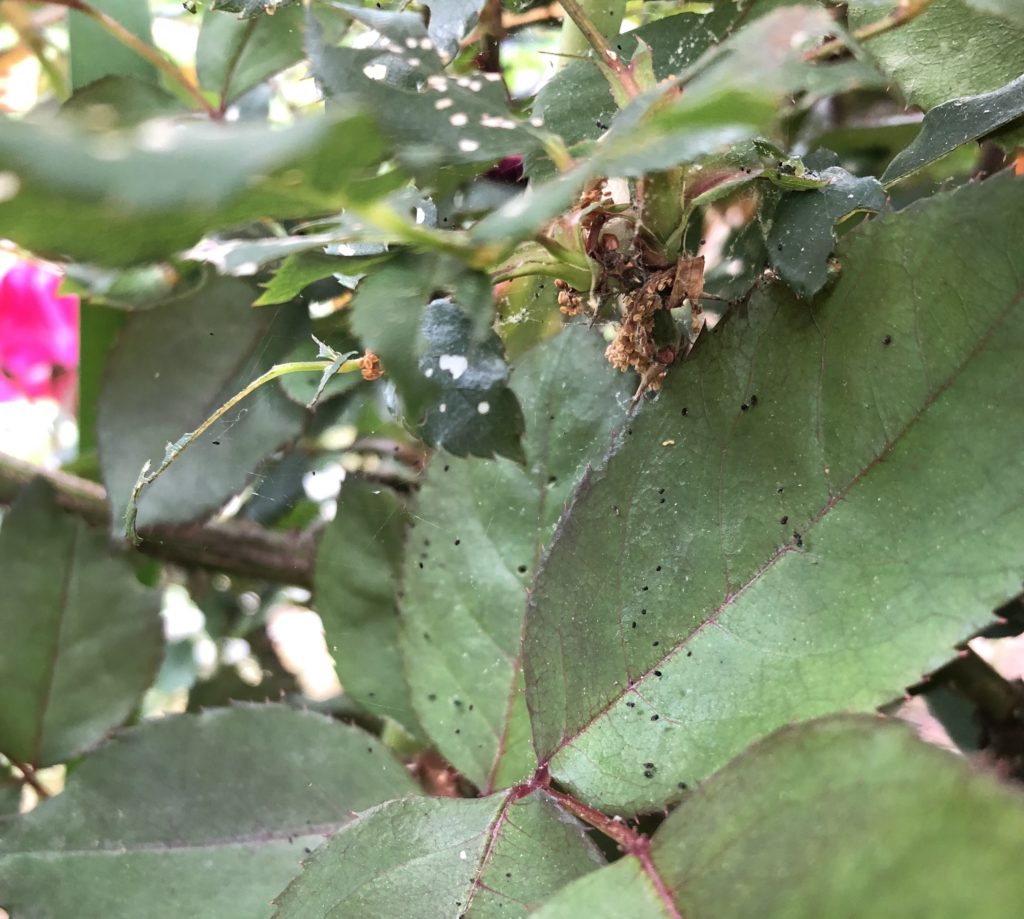Sawflies on Roses
go.ncsu.edu/readext?529506
en Español / em Português
El inglés es el idioma de control de esta página. En la medida en que haya algún conflicto entre la traducción al inglés y la traducción, el inglés prevalece.
Al hacer clic en el enlace de traducción se activa un servicio de traducción gratuito para convertir la página al español. Al igual que con cualquier traducción por Internet, la conversión no es sensible al contexto y puede que no traduzca el texto en su significado original. NC State Extension no garantiza la exactitud del texto traducido. Por favor, tenga en cuenta que algunas aplicaciones y/o servicios pueden no funcionar como se espera cuando se traducen.
Português
Inglês é o idioma de controle desta página. Na medida que haja algum conflito entre o texto original em Inglês e a tradução, o Inglês prevalece.
Ao clicar no link de tradução, um serviço gratuito de tradução será ativado para converter a página para o Português. Como em qualquer tradução pela internet, a conversão não é sensivel ao contexto e pode não ocorrer a tradução para o significado orginal. O serviço de Extensão da Carolina do Norte (NC State Extension) não garante a exatidão do texto traduzido. Por favor, observe que algumas funções ou serviços podem não funcionar como esperado após a tradução.
English
English is the controlling language of this page. To the extent there is any conflict between the English text and the translation, English controls.
Clicking on the translation link activates a free translation service to convert the page to Spanish. As with any Internet translation, the conversion is not context-sensitive and may not translate the text to its original meaning. NC State Extension does not guarantee the accuracy of the translated text. Please note that some applications and/or services may not function as expected when translated.
Collapse ▲For the past several weeks I have noticed damage to the leaves of my roses. Each
year this happens and it is the work of sawflies. Sawflies are actually in the order Hymenoptera with the other wasps even though their larvae feed on leaves and look like caterpillars. At least three species feed on roses including the curled rose sawfly, Allantus cinctus, and bristly roseslug, Endelomyia aethiops. Damage can become severe but unless you like your roses pristine (which I guess a lot of people do), they generally are tolarable. In large plantings in commercial landscapes I have seen plants defoliated. In large or prominent rose beds look for damaged leaves or frass the search the undersides of leaves for larvae. If insecticide is
necessary consult the Southern Pest Control Guide for Nursery and Landscape Plants.




